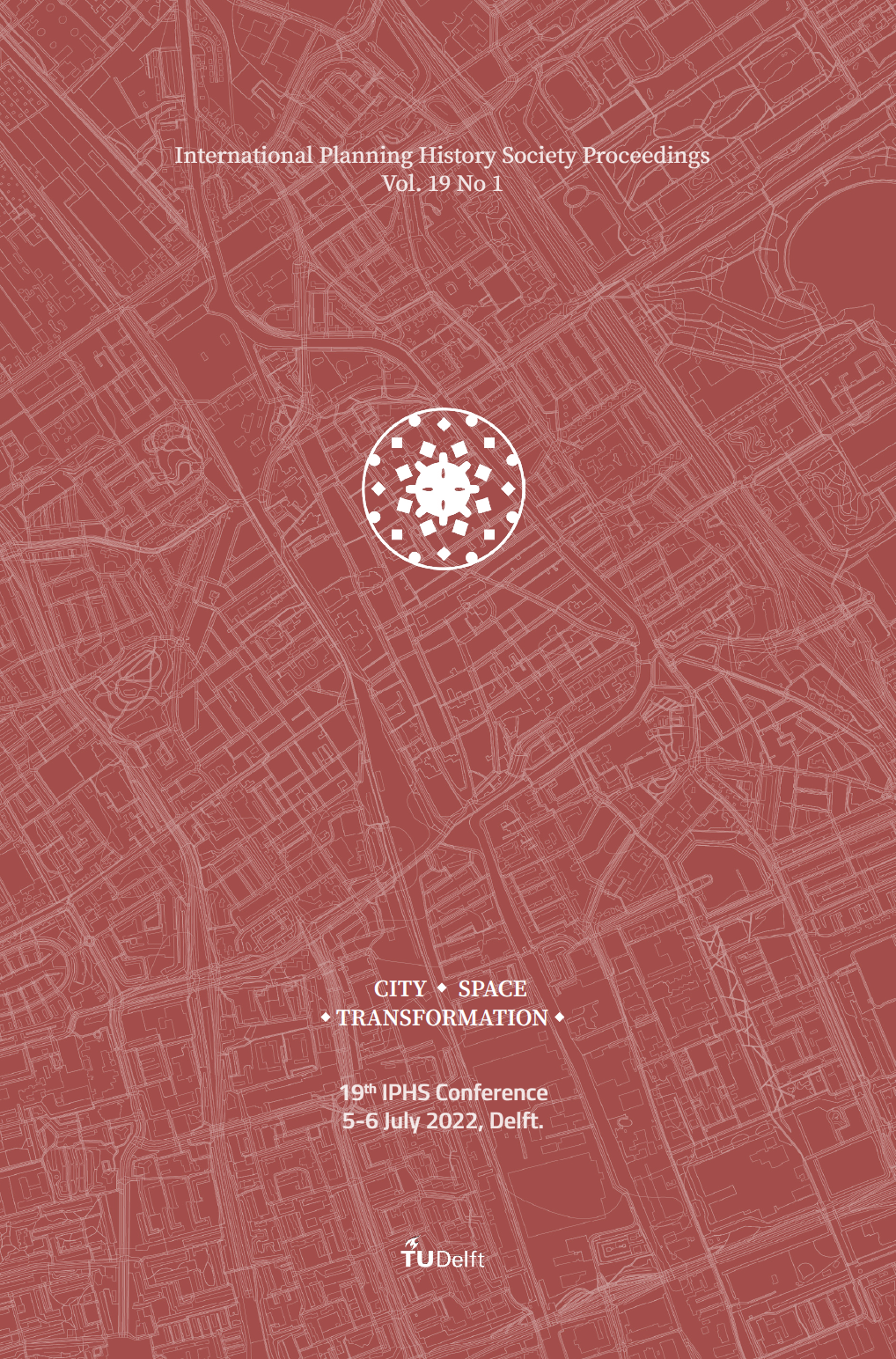Transformation and Stability
The Impact of Women on the Built Environment
DOI:
https://doi.org/10.7480/iphs.2022.1.6519Abstract
In late 19th century, a new form of colonies was established in Ottoman Palestine by Jewish immigrants, mostly from Eastern Europe. This paper will explore the initial four decades of these colonies, from the founding of the first one in 1878 to the beginning of the British Mandate in Palestine in 1918. During these years, the colonies experienced processes of reformation, enlightenment, modernization, and secularization, including advances in women's rights. The new colonies offered architects and entrepreneurs a rare opportunity to plan and implement a host of innovative ideas. Baron Edmond de Rothschild, a key figure in the colonies' development, hired architects and other professionals and promoted the education of young women. Public space in the colonies became a significant place where women were able to negotiate social change. This paper will present a few case studies of public spaces in the colonies -- streets, gardens, bathhouses, and synagogues: the ways they were planned and how they were transformed over time. Based on new archival materials, I will discuss topics such as work and education, water and hygiene, body and beauty, and the way women impelled changes in public space.


